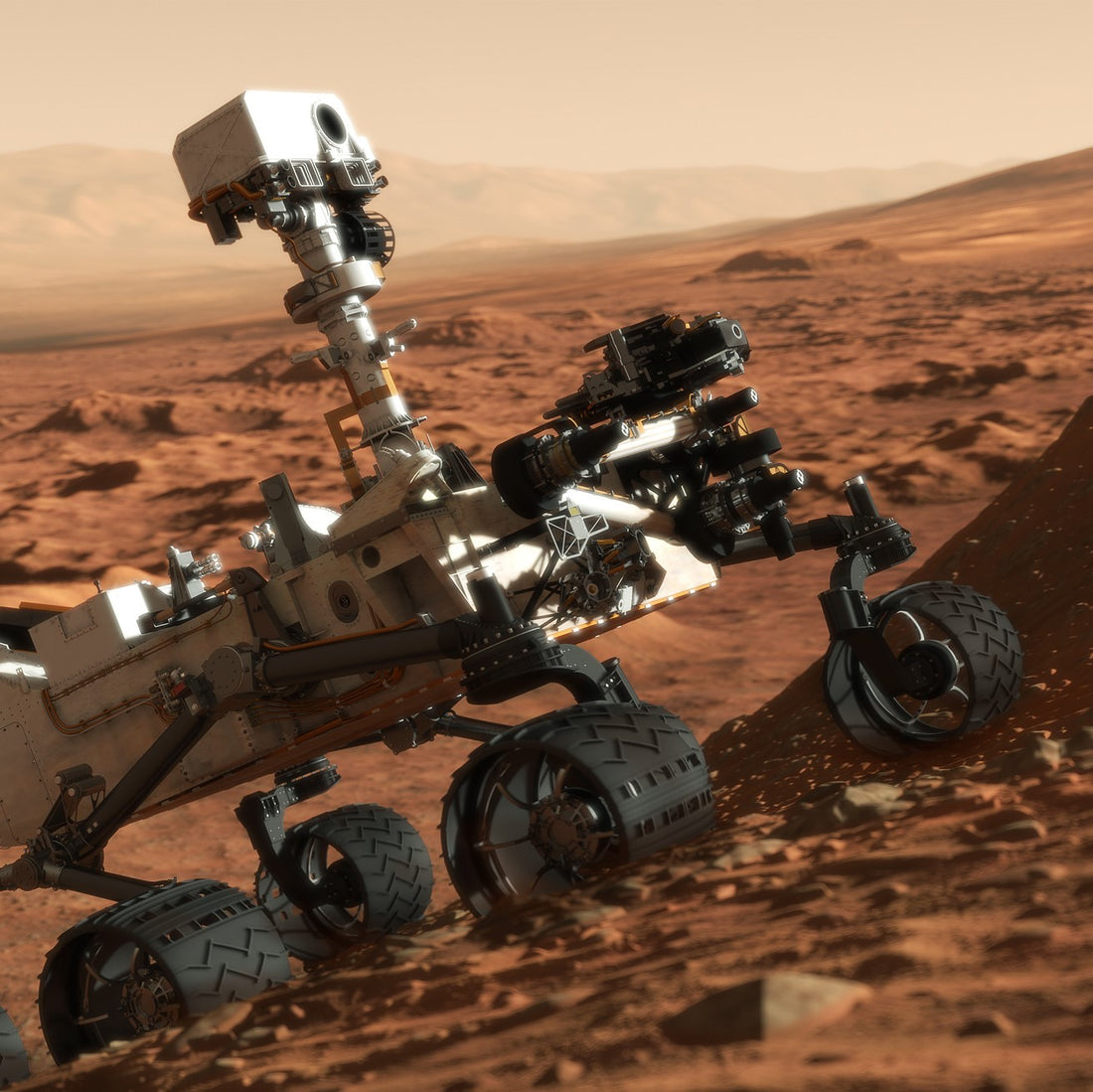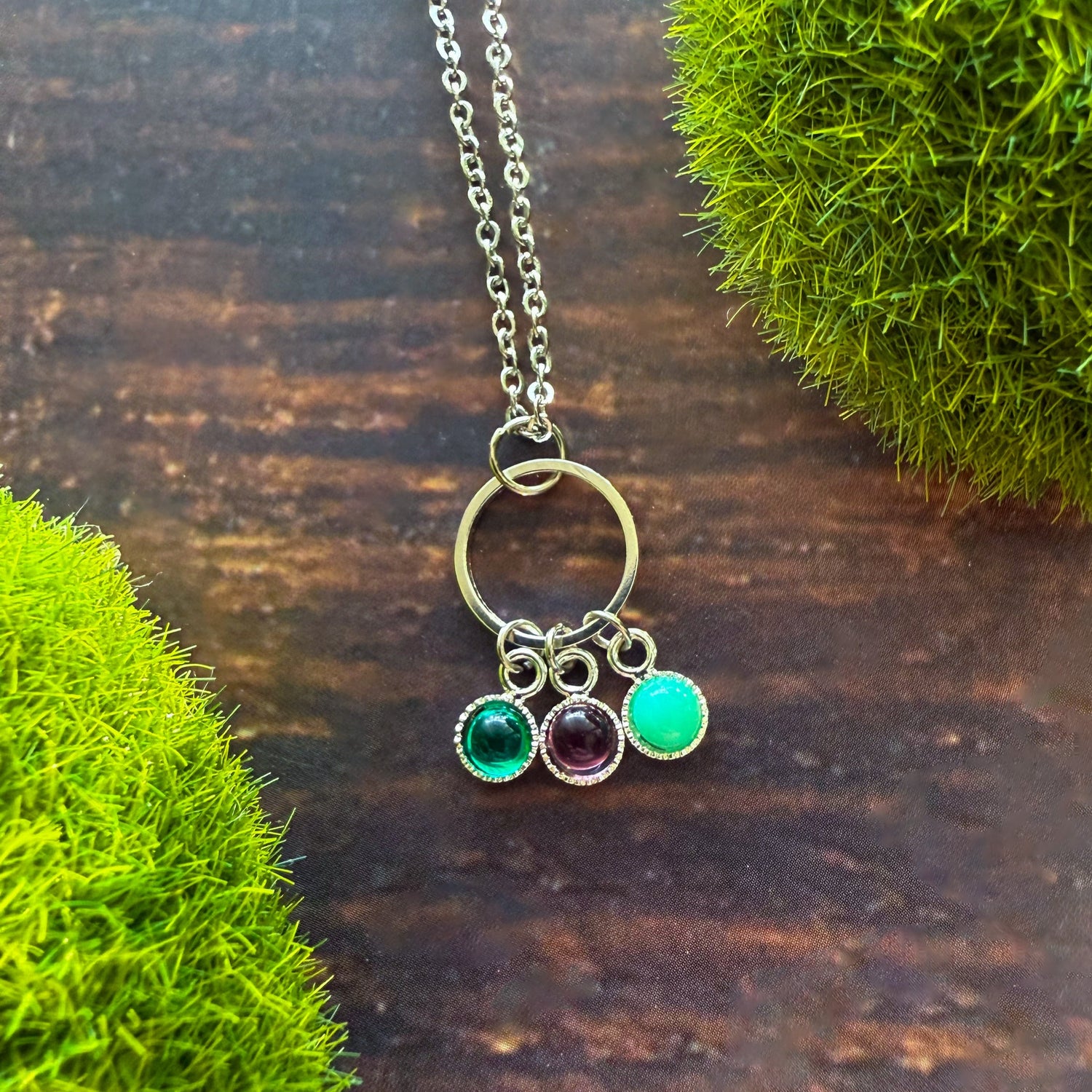
Mars: Curiosity Rover Anniversary
Share
So, I just finished binging the show Mars on Netflix and I gotta tell ya – I’m slightly obsessed. I love the mix of drama and documentary (or dramamentary, which apparently is a thing), and it fascinates me to think that Mars could be the future for mankind. Which brings me to the topic for this post: the anniversary of the launch of the Curiosity rover! (Oh, and watch the show – seriously!)

Image Credit: NASA
On November 26, 2011, the Mars Science Laboratory, a robotic space probe mission to Mars, was launched by NASA. The primary objective of the mission was, and is, to find out if Mars is suitable for life by learning more about the planet’s environment. Specifically, NASA shares that the Mars exploration program has four overall scientific goals: determine if life ever arose on Mars, characterize the climate, characterize the geology and prepare for human exploration.
Curiosity successfully, but stressfully, landed on the Martian surface on August 6, 2012. I say stressfully because the rover’s shaky landing was dubbed “Seven Minutes of Terror.” Due to the sheer size of the rover, which is comparable to a small SUV at approximately nine feet long by nine feet wide by seven feet high, the former landing approach of using a rolling method with land bags would not work for this mission. Instead, a complicated sequence of maneuvers were needed to nail the landing.
With 20-inch wheels, engineers at NASA’s Jet Propulsion Laboratory designed the rover to be capable of cruising over obstacles up to 25 inches. The rover’s power source comes from a multi-mission radioisotope thermoelectric generator (say that three times fast), which produces electricity from the heat of Plutonium-238’s radioactive decay and allows Curiosity to travel about 660 feet/200 meters per day. Fun Fact: Plutonium-238 was once used to power heart pacemakers. Not so fun fact: the element has been used in nuclear weaponry.
Curiosity is decked out with a plethora of scientific instruments, including cameras that can take pictures of the landscape, providing visual data that can be compared to environments on Earth, and close-ups of Martian minerals; spectrometers to investigate the composition of the minerals; radiation detectors to gauge (yep, you guessed it) radiation levels; environmental sensors to track current weather on the planet; and an atmospheric sensor that was primarily used for the intricate landing.

Curiosity took a selfie last month! Image credit: NASA
In addition to the above mentioned critical devices, the rover is equipped with other nifty gadgets to help specifically search for habitability. One gizmo bombards the surface with neutrons, which would slow down if they encountered hydrogen atoms, an indication of water. Also, Curiosity’s 7-foot arm can snag samples from the surface and actually “cook” them inside of the rover in order to detect the gases and analyze them for clues as to how the rocks and soil formed – wow!
From 2012 to 2014, Curiosity traveled from its landing site in Gale crater to Aeolis Mons, or Mount Sharp, in order to carefully study the geological information embedded in the mountain’s layers. Along the way, it found extensive evidence of past water in the form of a dried up streambed and significant geological change. Less than a week ago, the rover detected oxygen on Mars, which is freakin’ amazing! Here’s an article that goes more in depth of this awesome, and apparently baffling, discovery.
As of today, the rover has spent approximately 2,597 sols (or days) on Mars since landing in 2012. Fun Fact: A day on Mars is 24.62 hours long, while a day on Earth is 23.93 hours long. Cheers to more super cool discoveries, Curiosity! We’re rootin’ for ya down here!
xo
B
B


